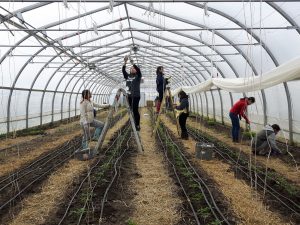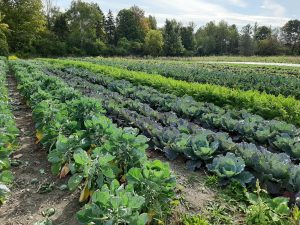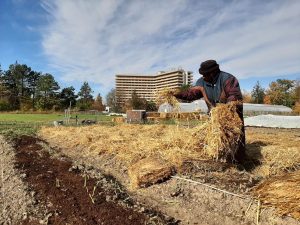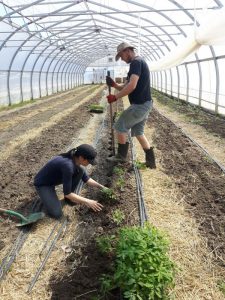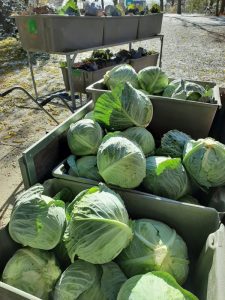“CSA” Stands for “Community Supported Agriculture”
The CSA model aims to strengthen local food systems by allowing farmers and eaters to build a closer and more direct relationship with one another. This is an alternative vision to that of our industrialized global food system, where eaters are often disconnected to the distant sources of their foods. These sources include the land, the people, and the methods that bring about the food on our plates.
Supporting Farms and Communities
CSA members commit to supporting a farm and its farmers for a season, through an annual membership. For the members, they can enjoy fresh farm produce while connecting to their farm and farmers. Through their annual commitment, members also support a farm by sharing the risk and sharing the harvest. In return, farmers commit to their farm members by producing the best produce possible, preserving local agricultural soils in communities, and by providing opportunities for people to connect to their food. By having a reliable market base, farmers can crop plan in accordance with their community’s food needs by catering to particular crop varieties, avoid over-production, and reduce waste. Membership fees also provide early-season income for farm, allowing the purchasing of necessary supplies before growing begins. A reliable income stream also enhances the financial feasibility of a farm.
Overall, thriving local farms preserve local soils, green space, and access to safe, fresh, and healthy food for local communities.

